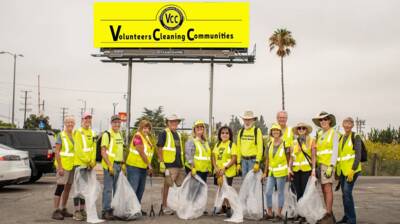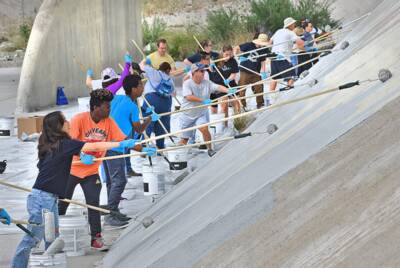Conclusion and Call to Action
What Can Be Done?
As we conclude our exploration of vandalism, informed by the in-depth study "Vandalism Research, Prevention, and Social Policy" by the United States Department of Agriculture Forest Service, Pacific Northwest Research Station, and the insights of Harriet H. Christensen, Darryll J. Johnson, and Martha H. Brookes, it's clear that vandalism is a complex issue with far-reaching implications. This final page synthesizes the key points from our discussion and emphasizes the collective responsibility in addressing vandalism.
Summarization of Key Points
Vandalism is not just a physical act of property damage; it's a symptom of deeper societal issues. Its root causes are multifaceted, including socioeconomic factors, psychological motivations, cultural influences, and environmental design. The financial and societal costs of vandalism are extensive, impacting communities, economies, and the well-being of individuals. Effective strategies to reduce and prevent vandalism involve a combination of thoughtful urban planning, community engagement, legal measures, educational initiatives, and the judicious use of technology.
The Importance of a Multifaceted Approach
The complexity of vandalism demands a multifaceted approach. No single strategy can suffice in addressing the issue. It requires the collaboration of various stakeholders, including government agencies, law enforcement, urban planners, educators, community leaders, and businesses. Each plays a unique role in creating environments that are less prone to vandalism and in fostering a culture of respect and responsibility.
Call to Action
We call upon all stakeholders to take proactive steps in understanding and addressing vandalism. For urban planners and designers, this means creating spaces that encourage positive social interactions and deter criminal behavior. For educators and community leaders, it involves engaging youth and other community members in meaningful activities and dialogues. For law enforcement and policymakers, it's about implementing fair and effective measures that prevent vandalism while addressing its underlying causes.
The Role of Businesses and Individuals
Businesses, particularly those like VandalStop, specializing in vandal-resistant fixtures, play a crucial role in providing practical solutions. Individuals, too, have a part to play, whether it's through participating in community initiatives, reporting acts of vandalism, or simply fostering a sense of community in their neighborhoods.
Conclusion
Vandalism is a challenge that affects us all, and its resolution lies in our collective efforts. By understanding its complexities and implementing a range of strategies, we can work towards safer, more vibrant, and cohesive communities. Let's join hands in this endeavor to create a positive impact in our public spaces.
References
Christensen, Harriet H., Darryll R. Johnson, and Martha H. Brookes, eds. "Vandalism Research, Prevention, and Social Policy." General Technical Report PNW-GTR-293. Portland, OR: U.S. Department of Agriculture, Forest Service, Pacific Northwest Research Station, 1992.




